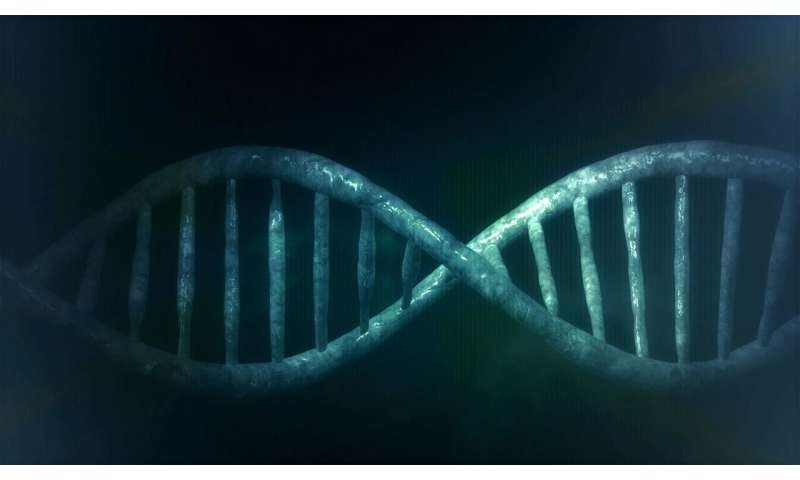
Most cases of gastrointestinal stromal tumor (GIST), a type of soft-tissue cancer (sarcoma), are caused by mutations in genes that can be effectively targeted with drugs that inhibit the activity of rogue cancer-promoting enzymes.
But an estimated 10% to 20% of GISTs have no identifiable or targetable mutations. Now, investigators in a Boston-area cancer research collaboration have clarified mechanisms that allow these hard-to-treat cancers to develop, and in lab experiments have identified strategies that could lead to effective new therapies.
The research, a joint effort of investigators at Massachusetts General Hospital (MGH), the Broad Institute of MIT and Harvard, Dana-Farber Cancer Institute (DFCI) and the Ludwig Center at Harvard Medical School (HMS), is published in the journal Nature.
Importantly, the investigators show how “epigenetic” changes—changes in how the code of genes is read by tumor cells that are not caused by genetic mutations—can lead to the development of GISTs and other cancers, and how it may be possible to short-circuit the cancer-causing machinery.
“Your genome consists of about 6 feet of DNA wrapped very carefully to fit into microscopic cells. One of the tricks that the cell uses to compact all of this DNA is to tie it up into little loops,” says senior co-author Bradley E. Bernstein, MD, Ph.D., of MGH, Broad Institute and the Ludwig Center at Harvard.
He likens the process to shoelaces, in which each carefully tied loop is separated by a knot. The “knot” in the cells is called an “insulator” in scientific parlance. He and his colleagues found that one of these insulators normally keeps a cancer-causing gene, FGF4, from coming into contact with a stretch of DNA with a powerful switch that turns on an unrelated gene. In normal cells, the cancer-causing gene and the switch are in separate loops and never come into contact with one another. However, in some forms of GIST, the insulator is not functional, the loops merge into one, and the on-switch mistakenly activates the cancer-causing FGF4 gene.
The investigators were studying a form of GIST that lacks typical cancer-causing mutations but has instead lost the function of an enzyme complex called SDH, which normally is key to energy generation in the cell. How SDH deficiency contributed to this malignancy was a mystery, but an interesting clue was that a process called DNA methylation, which adds small chemical ‘tags’ to the DNA, was abnormally revved up in SDH-deficient tumors. The team found that the excess methylation destroyed many insulators in these tumors, leading to abnormal contacts between on-switches and oncogenes. In addition to the disrupted insulator that activated the FGF4 oncogene, they identified a second disrupted insulator near a normal gene called KIT—the gene that is abnormally activated by a mutation in most other GISTs.
To validate their findings, the investigators then transplanted a human GIST tumor into a mouse to create an experimental model or ‘mouse avatar’. They showed that their model “faithfully maintains the epigenetics of the parental tumor” including the supercharged DNA methylation and defective insulators.
Finally, the investigators showed that growth of the model tumors could be suppressed with a class of drugs known as fibroblast growth factor receptor (FGFR) inhibitors, either alone or in combination with an enzyme-inhibiting targeted therapy called sunitinib (Sutent), a drug FDA-approved for treatment of GIST.
Source: Read Full Article
